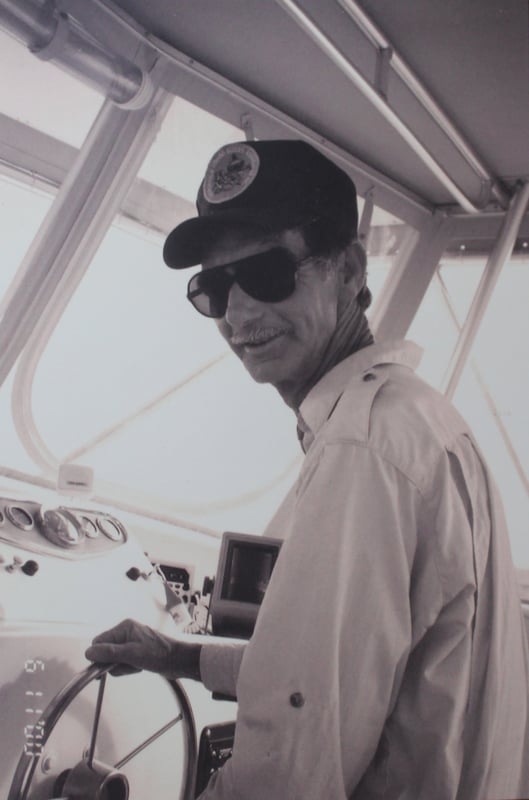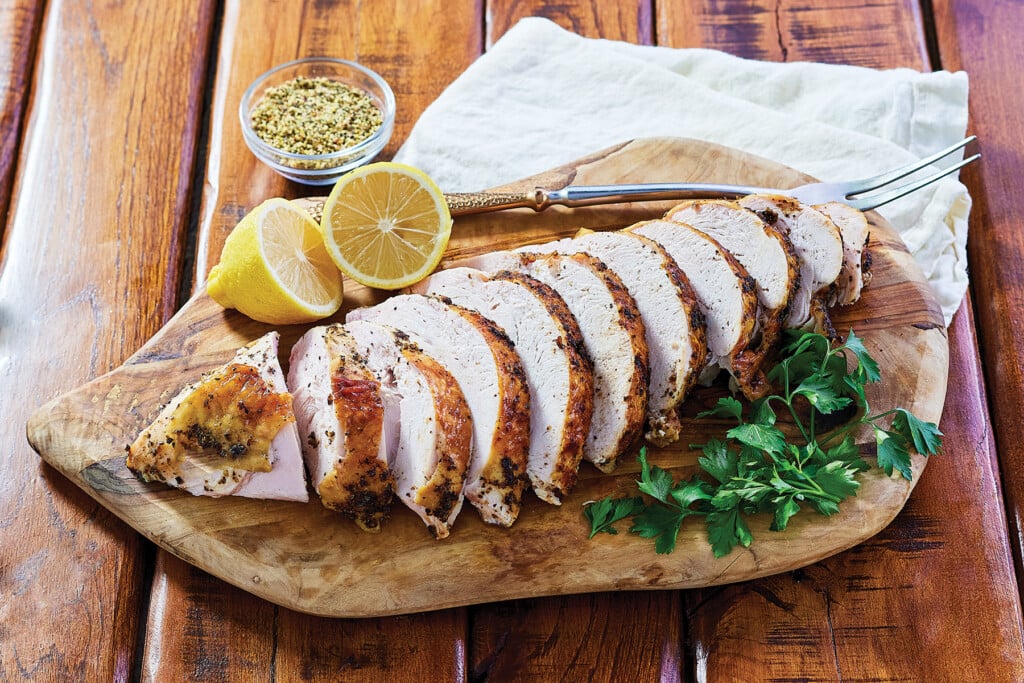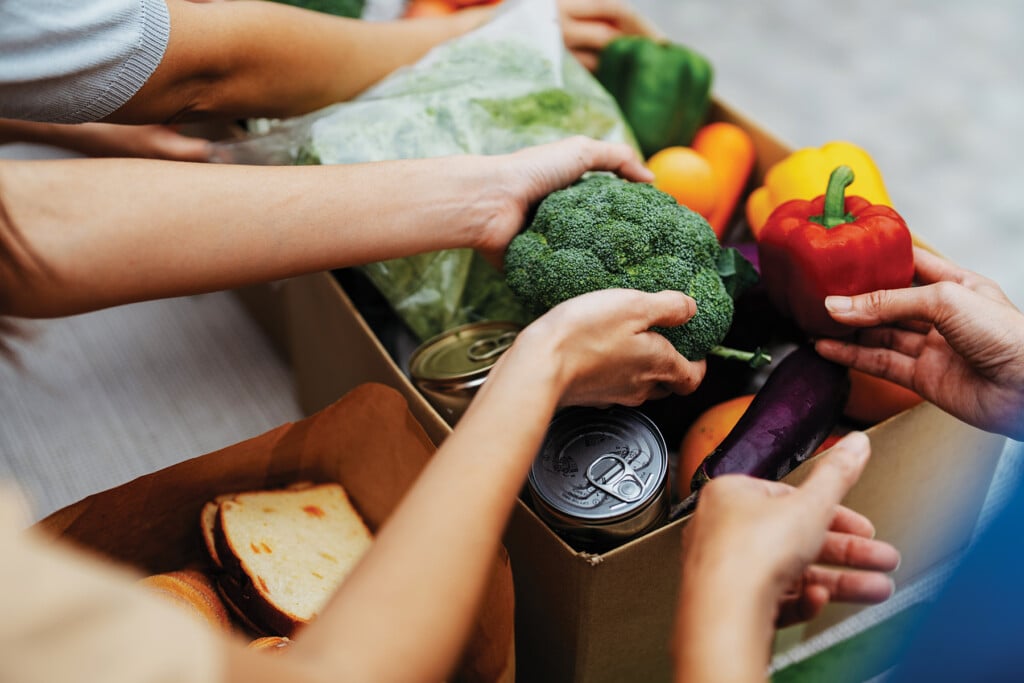Tales of Old Florida
Conversations with the Past: Capt. John ‘Tater’ Spinks

Old Florida is synonymous with Sunshine State nostalgia. The phrase indicates a bygone era of small-town coastal living and simpler, less crowded times. Today, the Emerald Coast is a hot spot for tourism—our beaches are bustling, and our economy is lively. But some locals recall a time when infrastructure was far from high-rise, and few eyes had sights on this sprawling paradise.
Carried to the Bay
On New Year’s Day 1947, Lillian and Roy Spinks welcomed their fifth child, a boy they named John, at the old Lisenby Hospital in Panama City. A small child from birth, his older sisters called him Tater.
“The nickname sort of stuck with me,” says John Spinks, who, at age 78, still goes by the small-fry moniker.
Tater passed his formative years in Panama City where he grew up and found his first great love—fishing.
Returning to his earliest memories, he recalls being carried to the bay.
“St. Andrews was a great place to grow up,” he says. “My oldest sister carried me fishing every afternoon during the summer. We’d go down the dock, and she let me catch pinfish or silver trout. I just love to fish.”
In old St. Andrews neighborhoods, Spinks and his sisters could safely roam and play unsupervised. It was then that Spinks first learned he had a way with life on the water.
“You could go down to the bay, go swimming, crabbing, fishing. Some kids had rowboats, or we played in the water.”
There were no fast-food restaurants. When children were hungry, they’d grab a crab net and get to work.
“Me and my sister were laughing about how we was getting the best food, when all we wanted was a hamburger like the guy down the street,” Spinks says. “But we had shrimp, crab, scallops fresh from the Gulf.
“My granddad had an old pot. You could build a fire and boil them crabs in it. Or we’d just build a fire and throw them in on their backs, let them roast in the shell and have a snack.”
A Fisherman’s Career
Spinks was about 11 years old when he started working on
St. Andrews Dock.
“I had a cousin, Chester Williams, who said, ‘Let’s go out there and see if we can make a dollar or two cleaning fish.’”
The cousins cleaned fish for tourists, making about 50 cents a fish, as much as $3 a day.
“That was a lot of money for a kid my age,” he says. “But it all ended when they built the marina, and there was no more fish cleaning there.”
The enterprising young lads moved to Captain Anderson’s Marina before, at the ripe age of 13, Spinks decided to join the real fisherman working the waters.
Spinks left for work each day at 2 a.m. in a fishing boat carrying around 40 people.
“Boy, we caught lots of big fish,” he recalls. “I got to experience lots of stuff and really enjoyed it.”
Eventually becoming Capt. Tater Spinks, the career fisherman enjoyed success working the Gulf of Mexico. His years on the water earned him a treasure trove of knowledge and experience.
“We caught the first white marlin ever caught out in Panama City back in ’65,” he says. “A few days later, they caught the first blue marlin.”
Familial Roots
While working in the Florida Keys, Spinks met and fell in love with Mary, his wife of over 40 years. It wasn’t long before Spinks popped the question.
“He asked me to marry him five times before I said yes,” Mary recalls. “I just didn’t know if he was really serious.”
The carefree couple now live in Port Charlotte, but he still has familial roots in Panama City.
“My youngest brother still lives there. He bought our old great-grandaddy’s house in St. Andrews,” he says. And his sister still lives in Lynn Haven.
In Port Charlotte, Spinks is enjoying a hard-earned retirement spent with family, including seven grandchildren and 11 great-grandchildren. Wife Mary is grateful.
“After all, he’s been working since he was 11 years old.”



